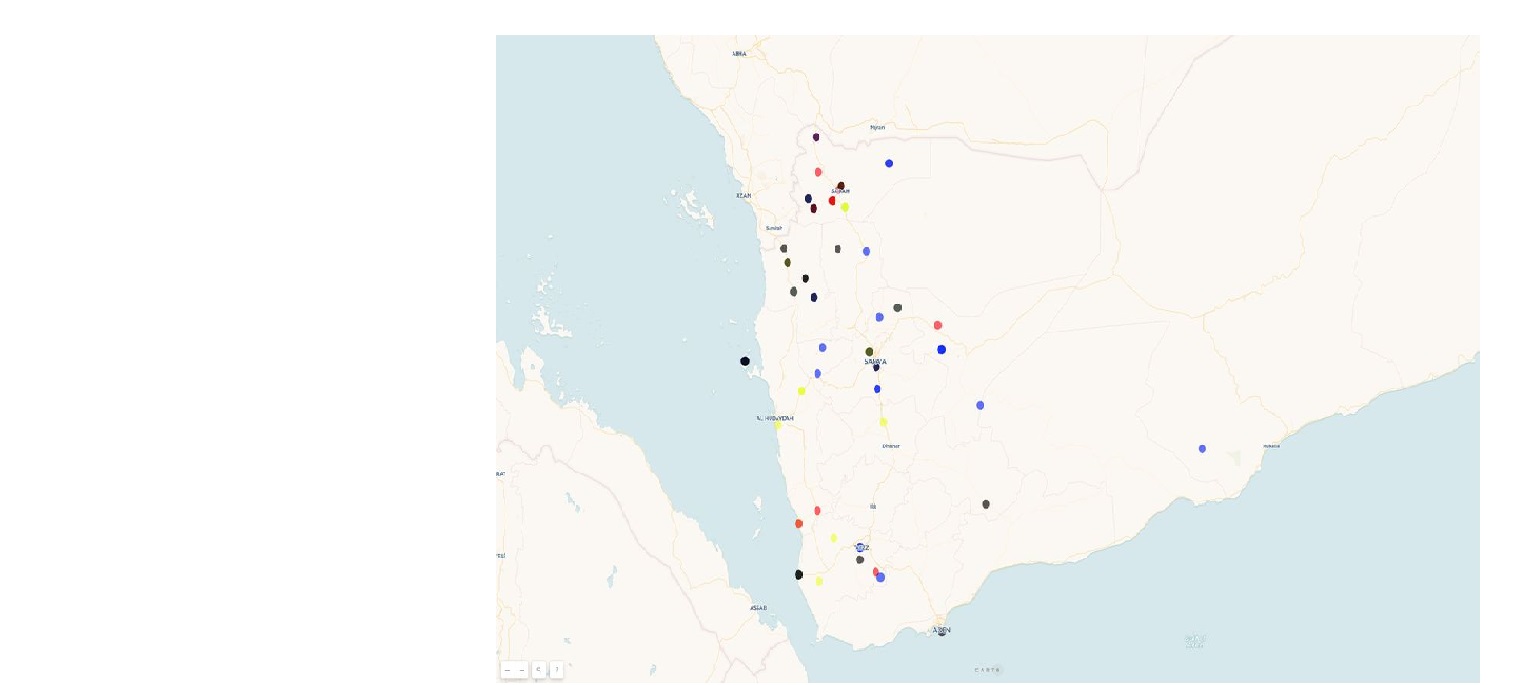Responding to epidemics in large-scale humanitarian crises: a case study Responding to epidemics in large-scale humanitarian crises: a case study of the cholera response in Yemen, 2016–2018
External link
Original Article
Background:
Large epidemics frequently emerge in conflict-affected states. We examined the cholera response during the humanitarian crisis in Yemen to inform control strategies.
Methods:
We conducted interviews with practitioners and advisors on preparedness; surveillance; laboratory; case management; malnutrition; water, sanitation and hygiene (WASH); vaccination; coordination and insecurity. We undertook a literature review of global and Yemen-specific cholera guidance, examined surveillance data from the first and second waves (28 September 2016–12 March 2018) and reviewed reports on airstrikes on water systems and health facilities (April 2015–December 2017). We used the Global Task Force on Cholera Control’s framework to examine intervention strategies and thematic analysis to understand decision making.
Results
Yemen is water scarce, and repeated airstrikes damaged water systems, risking widespread infection. Since a cholera preparedness and response plan was absent, on detection, the humanitarian cluster system rapidly developed response plans. The initial plans did not prioritise key actions including community-directed WASH to reduce transmission, epidemiological analysis and laboratory monitoring. Coordination was not harmonised across the crisis-focused clusters and epidemic-focused incident management system. The health strategy was crisis focused and was centralised on functional health facilities, underemphasising less accessible areas. As vaccination was not incorporated into preparedness, consensus on its use remained slow. At the second wave peak, key actions including data management, community-directed WASH and oral rehydration and vaccination were scaled-up.
Back to Top






